<rant>
Quite a celebration: just the day after their $53M investment round, valuing the company at $1B (that’s Billion with a B) was announced, LinkedIn is down:
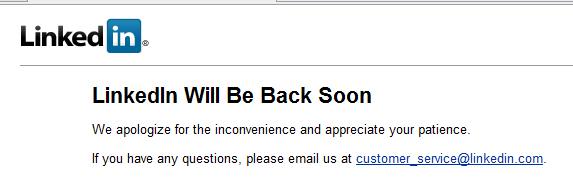
Is there a new emerging trend here? PR blitz, big announcement, site is dead. Other examples just this week:
Firefox Download Day leads to dead site.
Technorati Monster shows to celebrate investment + new ad network. ( But hey, new Sales Team here to help, instead of technologists)
Then there was twitter .. then .. then ….
</rant>


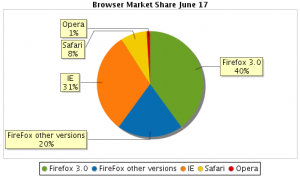
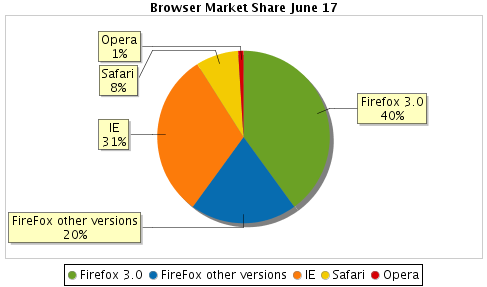

 It did not completely die though: Cliff Shaw’s next startup,
It did not completely die though: Cliff Shaw’s next startup,  “Meet again”: Cliff does not talk about his next gig yet, but his
“Meet again”: Cliff does not talk about his next gig yet, but his  . (Yes, I know, we get what we pay for, and this is a free service – it’s still a ridiculous outage.)
. (Yes, I know, we get what we pay for, and this is a free service – it’s still a ridiculous outage.)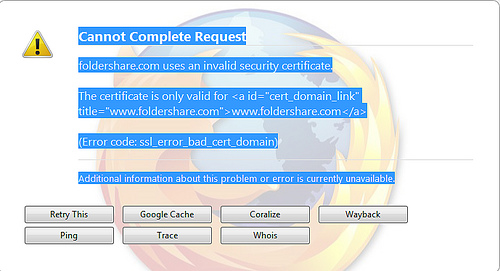

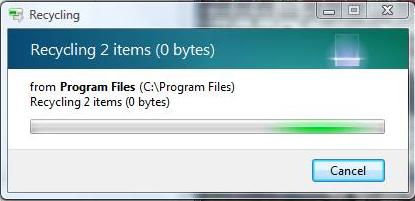


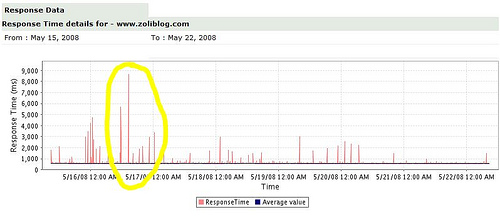

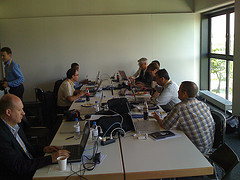


Recent Comments